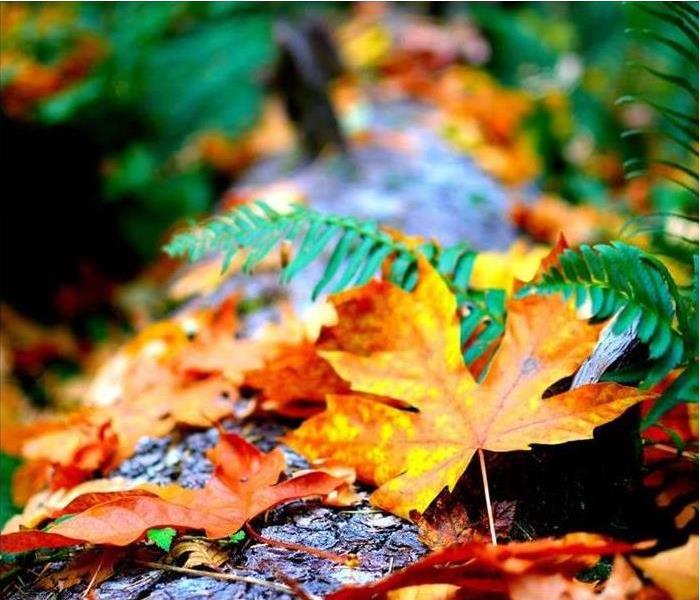What's Leaf Mold?
11/7/2024 (Permalink)
 Autumn foliage is beautiful, but when leaves fall to the warm ground, mold growth can occur that's not friendly to those with allergies.
Autumn foliage is beautiful, but when leaves fall to the warm ground, mold growth can occur that's not friendly to those with allergies.
Now that Autumn is in full swing and while the foliage is spectacular in our Maryland, DC & Virginia region, the leaves in many parts of the area have begun to fall from their trees.
While we've enjoyed some cooler days, the warm, humid weather from summer & spring enabled mold growth on dying grass patches, and as soon as the leaves fall, the mold on the ground begins to quickly spread over them.
Do you have a mold allergy? If so, you may be wondering if leaf mold is a threat at all.
Indeed, leaf mold can certainly cause symptoms including itchy, watery eyes, nasal congestions, and runny noses.
Not only does the leaf mold lay under the foliage, but it also disperses through the air when leaves are raked or blown about by wind or leaf blower. When spores are stirred up, they’re basically being thrown up in the air to linger around.
However, leaf mold isn’t the fall season’s only allergen. Grasses and ragweed are also common sources of your sneezes.
If you suffer from mold allergy, you can look forward to colder temperatures within the next couple months. Once frost begins showing up on the ground, the mold begins to die off, and you can expect your symptoms to recede.
To learn more about mold and the remediation process, visit our website. We have an entire tab dedicated to mold for your knowledge: www.SERVPROlaurelgreenbelt.com/mold-remediation






 24/7 Emergency Service
24/7 Emergency Service